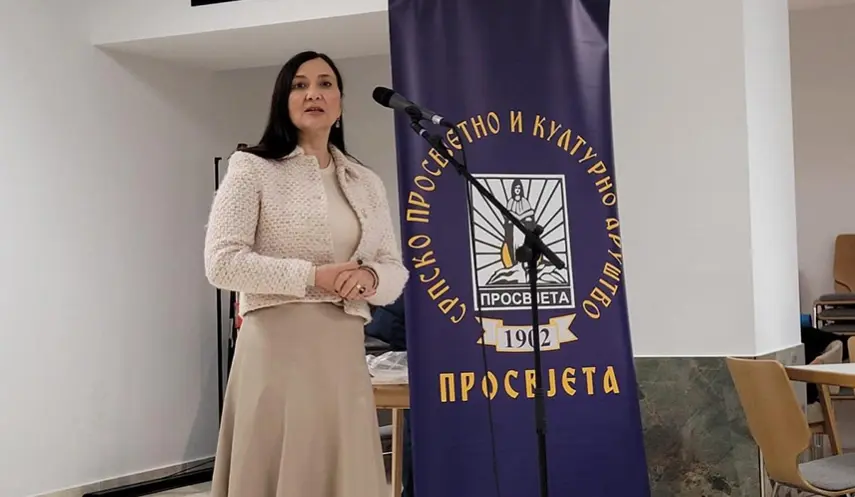ŠKOBO: SAINT PETER'S DAY MASSACRE IN 1992 MARKED THE BEGINNING OF SYSTEMATIC CAMPAIGN TO EXTERMINATE SERBS
Republika Srpska - Culture of Remembrance
06/27/2025
12:57

EAST SARAJEVO, JUNE 27 /SRNA/ – The massacre of 69 Serb civilians in villages around Srebrenica and Bratunac on St. Peter's Day /Petrovdan/ in 1992, carried out by Muslim forces under the command of Naser Orić, marked the beginning of a systematic campaign to exterminate Serbs in the region of Central Podrinje and Birač, where 3,276 were killed during the past war, historian Lazar Škobo told SRNA.
"What is particularly painful is the fact that the commanders and perpetrators of these crimes were never held accountable, so today we can see Orić walking freely through Sarajevo," Škobo pointed out.
He added that it is disheartening that more than three decades later, Western power centres that during the war either silently observed or even logistically supported these crimes, still remain deaf to the suffering of Serbs.
"We have every right to ask: are Serb wounds less bloody to such people? Are the hands of those who committed crimes against Serbs less stained? Will they allow those who committed these heinous acts of extermination against unarmed Serb civilians to remain unpunished forever?" Škobo asked.
This year marks the 33rd anniversary of the massacre of Serbs on St. Peter’s Day in 1992 in villages around Srebrenica and Bratunac, killing 69 people were killed and capturing 22 soldiers and civilians, none of whom survived, ten of whom are still listed as missing.
During the Defensive-Patriotic War, Muslim units from Srebrenica frequently attacked Serb-populated villages on major Orthodox holidays. On St. Peter's Day in 1992, they attacked the villages of Zalazje, Biljača, Sase, and Zagoni, killing everyone they encountered, looting, and burning Serb-owned property.
In doing so, they continued implementing the ethnic cleansing plan launched in April of the same year, aimed at destroying everything with Serb prefix in order to erase all traces of Serb presence in the area. In addition to killing and expelling civilians and destroying property, they also desecrated Serb cemeteries and places of worship.
To protect the Serb population in Central Podrinje from destruction, the Army of Republika Srpska launched a counter-offensive in the spring of 1993. However, the liberation of Srebrenica did not occur at that time due to the intervention of the international community, which declared the then-Muslim enclave a UN-protected demilitarized zone.
The Muslim command continued preparing offensives and, under the protection of international military forces /UNPROFOR/, organised attacks on Ser-controlled positions, especially in 1995, when strong forces from the protected zone launched an attack on the headquarters of the Main Staff of the Republika Srpska Army in Crna Rijeka near Han Pijesak.
That attack was repelled, and shortly afterward, Srebrenica was taken and became part of the constitutional and legal framework of Republika Srpska in July 1995.






